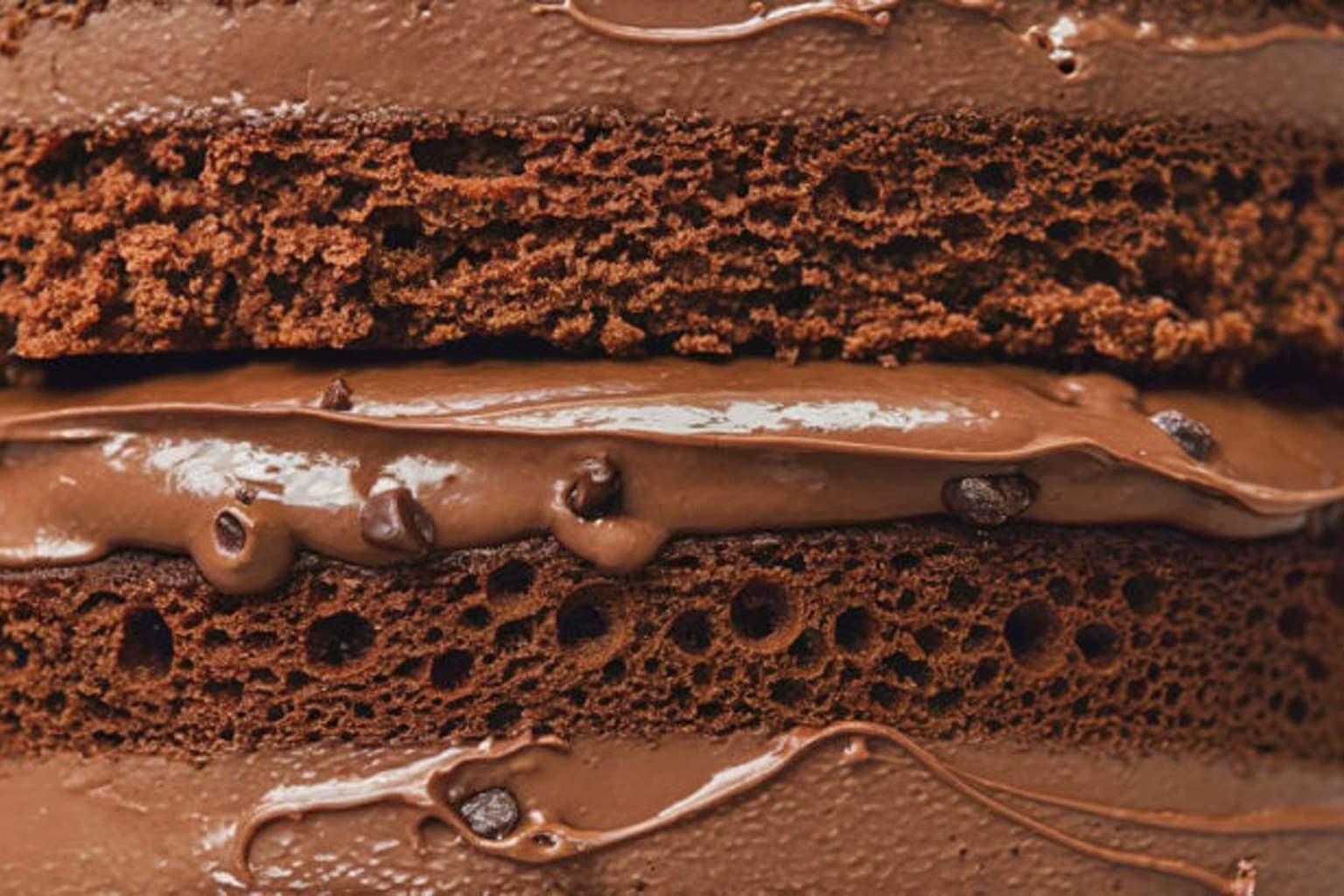The magic behind chocolate’s rich flavor doesn’t happen in factories—it starts much earlier, right where cocoa beans are harvested. A team of British scientists has cracked a hidden code in the fermentation process, opening the door to chocolates that consistently taste better, while also helping farmers bring more value to their crops.
For years, the fermentation of cocoa beans was guided by chance, relying on local microbes that happen to thrive in the environment. But now, thanks to identifying specific microbial communities, it’s possible to control and even customize the aromas in chocolate. This breakthrough could transform the chocolate-making process from farm to bar, ensuring higher quality and more diverse flavor profiles.
How fermentation shapes chocolate’s flavor on the farm
Fermentation is the crucial step where raw cocoa beans develop the complex taste notes that define fine chocolate—think fruity, floral, or woody nuances. Yet, despite its importance, this process traditionally depends on the natural local microbes, making it unpredictable.
Farmers often place beans in containers covered with leaves and leave them to ferment with whatever bacteria and yeasts are naturally present. These tiny microorganisms trigger important biochemical changes: breaking down the sweet pulp, altering bean structure, and activating precursors to aroma compounds. But until recently, exactly which microbes were responsible and how they interacted remained a mystery.
Determined to solve this, researchers from the University of Nottingham carried out detailed studies on farms in Colombia’s Santander, Huila, and Antioquia regions. They monitored physical conditions like temperature and pH throughout fermentation and analyzed which microbes were active. Surprisingly, even with genetically similar cocoa plants, flavor profiles varied widely across locations. It wasn’t the plant variety or climate—it was the unique microbial communities involved at each site.
The key takeaway? The final chocolate taste is tightly linked to these invisible microbial populations shaping the fermentation journey.
Mapping the microbes behind fine chocolate aromas
Using cutting-edge metagenomics and chemical analysis, the team identified the species creating the best flavor profiles. By sequencing DNA from hundreds of samples during fermentation, they created a detailed “microbial fingerprint” of the process.
They discovered that microbial populations shift rapidly, with different bacteria and yeasts taking turns dominating. Early days showed Enterobacteriaceae bacteria leading; later, Lactobacillaceae and Acetobacteraceae took over. On the yeast side, Saccharomyces and Torulaspora were key players.
Cross-referencing microbial data with temperature and pH changes revealed strong links to flavor development. Fluctuations in these conditions corresponded with the emergence of desired tastes—floral, fruity, or woody notes—with blind taste tests confirming the connection between microbes and sensory experience.
How microbial starters could reinvent chocolate fermentation
Inspired by fermentation techniques used in wine and cheese, researchers developed a “starter culture”—a synthetic microbial community made up of nine carefully selected organisms (five bacteria and four fungi). When applied to sterile cocoa beans under controlled conditions, this blend produced a stable and reproducible fermentation. The result? Beans rich with complex, balanced flavors and less bitterness.
David Salt, a co-author, affectionately called their formula “the secret sauce,” highlighting the excitement over this new method reported by The Guardian.
By removing individual microbes in “dropout” experiments, the scientists proved some species are essential for producing certain flavor compounds, while others boost the growth of beneficial partners. This microbial teamwork transforms fermentation from a gamble into a science-driven, predictable process—a game changer for chocolate makers.
What this means for farmers, industry, and chocolate lovers
Beyond science, this discovery offers practical benefits. Currently, only about 5% of the world’s cocoa is classified as “fine flavor” by the International Cocoa Organization. By standardizing fermentation, more farmers—especially smallholders in Latin America—could reliably produce high-quality beans, better withstand climate challenges, and reduce losses from failed fermentations.
For chocolate manufacturers, the ability to control flavor profiles means creating chocolates tailored to diverse palates or regional markets. Looking even further, some envision microbes being used to produce chocolate aromas without beans at all—a revolutionary, if controversial, idea that could shake up the industry.
Additionally, microbial “fingerprints” could become a new tool for verifying cocoa origin and fermentation methods, answering the rising consumer demand for transparency and ethical sourcing.
Growing up, I always thought making chocolate was just about mixing ingredients. Learning that the microbial world behind fermentation shapes the very essence of chocolate has deepened my appreciation for every bite. This blend of traditional farming and modern science not only promises tastier treats but also empowers farmers by giving them more control over their crops.
What do you think about using microbes to craft better chocolate flavors? Could this be the future of chocolate production or might it take away from the craft’s natural charm? Share your thoughts and spread the word if you love the idea of science helping us savor chocolate even more!
